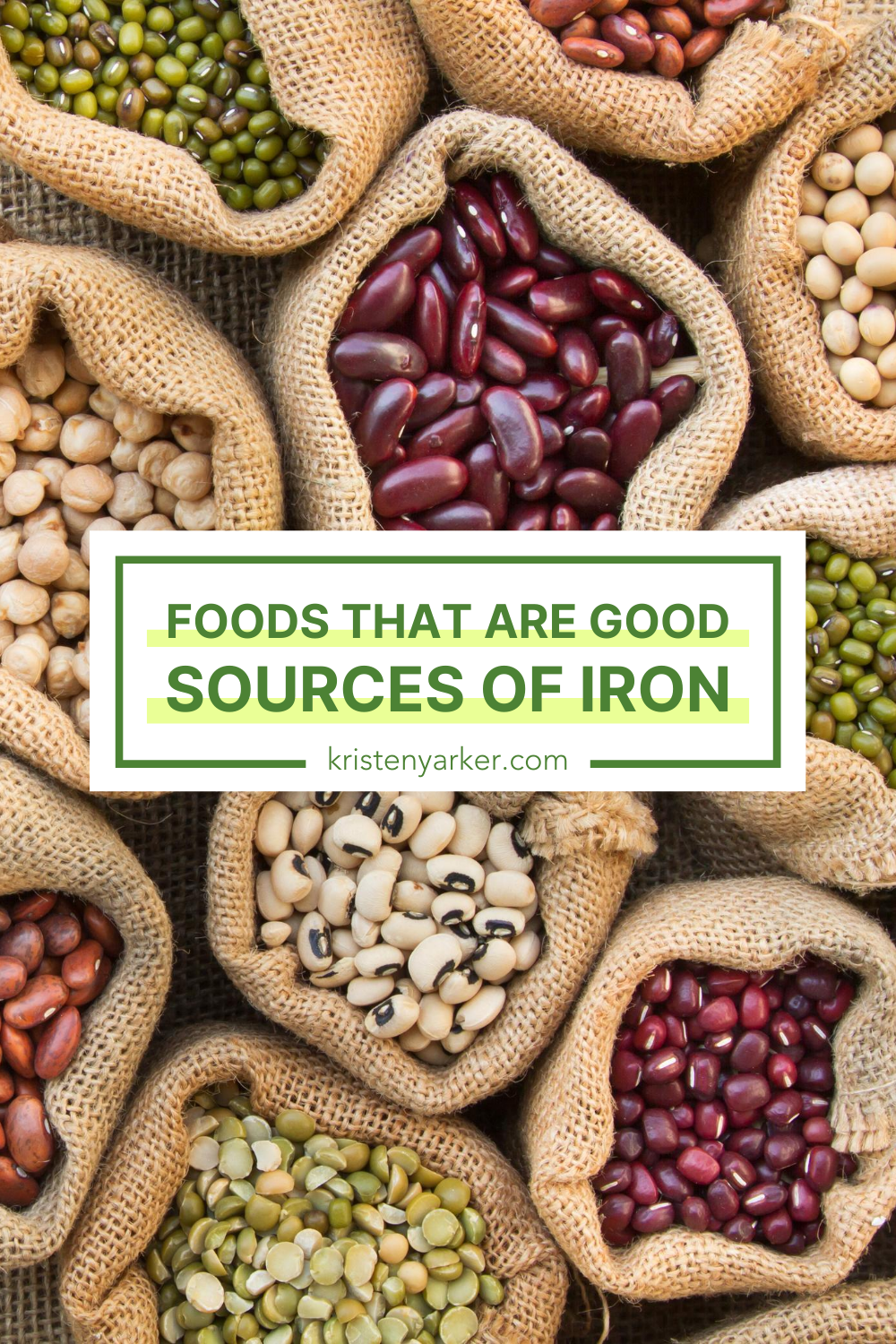Iron-Rich Foods
/I have good news. People are hearing that babies should have iron-rich foods as first foods. I’ve been talking this up for almost 10 years now and I’m super happy that the message is starting to be commonplace.
Yes, we recommend offering your baby iron-rich foods twice a day. From the very start. Then introduce a wide range of other healthy foods.
Why? Because iron is needed for growth and development. Iron is also needed during this critical time for brain development. This critical period extends from infancy through to about 5 years old.
That bad news is that people have misunderstandings of what foods are good sources of iron. So, they think that they are feeding their babies iron-rich foods. But they aren’t.
Avocado, broccoli, sweet potato, and quinoa are all foods that people commonly think are good source of iron. Incorrect. Myth.
Foods that are Good Sources of Iron:
Meat*
Poultry (e.g. chicken, turkey)
Seafood
Beans and lentils. Particularly the lentils.
Nuts and seeds. Particularly the seeds.
Iron-fortified baby cereal.
Tofu
Eggs
*While liver is a very high source of iron, it also contains extremely high amounts of vitamin A. So much vitamin A that it’s not recommended that you offer liver as a first food, and only offer it on rare occasions to toddlers and preschoolers.
Not All Iron is Equal
Iron comes in two different forms in food – heme and non-heme. Heme iron is better absorbed by our bodies and is found in meat, poultry and seafood. Non-heme iron isn’t as well absorbed by our bodies. So, when looking at lists of foods with iron that just list the number of milligrams, you need to recognize that you’re comparing apples and oranges.
There’s a great hack for increasing the body’s absorption of non-heme iron. It’s to eat a food with vitamin C at the same time. May fruits and some veggies are good sources of vitamin C. So serve your lentils in a tomato sauce and stir some strawberries into that baby cereal.
Here’s a more extensive list of iron-rich foods (from a trusted source): https://www.healthlinkbc.ca/healthlinkbc-files/iron-foods
Low Iron Foods
You’ll notice that a number of foods that are commonly thought of as containing iron aren’t on my list above. Certainly there are a number of other foods that have a little bit iron. Some vegetables and fruit do contain a small amount. But I wouldn’t consider them good sources of iron. You’re likely surprised that spinach isn’t on the “high-iron” list. That’s because while spinach does contain a decent amount of iron, most of that iron is bound to another molecule, called oxalate, that prevents us humans from absorbing it. While most of the anti-nutrient content on the internet is making a mountain out of a mole hill, the oxalates in leafy greens are noteworthy enough to not count these foods as a source of iron.
Dairy foods aren’t a source of iron. In addition, they can prevent the absorption of iron from other foods. This is why we recommend delaying the introduction of cow’s milk until 9 – 12 months of age. And, once you have introduced cow’s milk, limiting it to 2 – 3 cups per day.
Grains aren’t a source of iron. Yes, even quinoa. That’s why iron is added to infant cereal and breakfast cereals (that’s what the word “fortified” means in “iron-fortified infant cereal).
Check out my Youtube channel for videos on how to prepare baby food versions of iron rich foods (puree and finger foods- Baby Led Weaning).
Photo credit: James Sutton
Love this post?
Pin it!
Save this post for later or share it with your friends and family on Pinterest.
Check out more of Kristen’s pins here.




